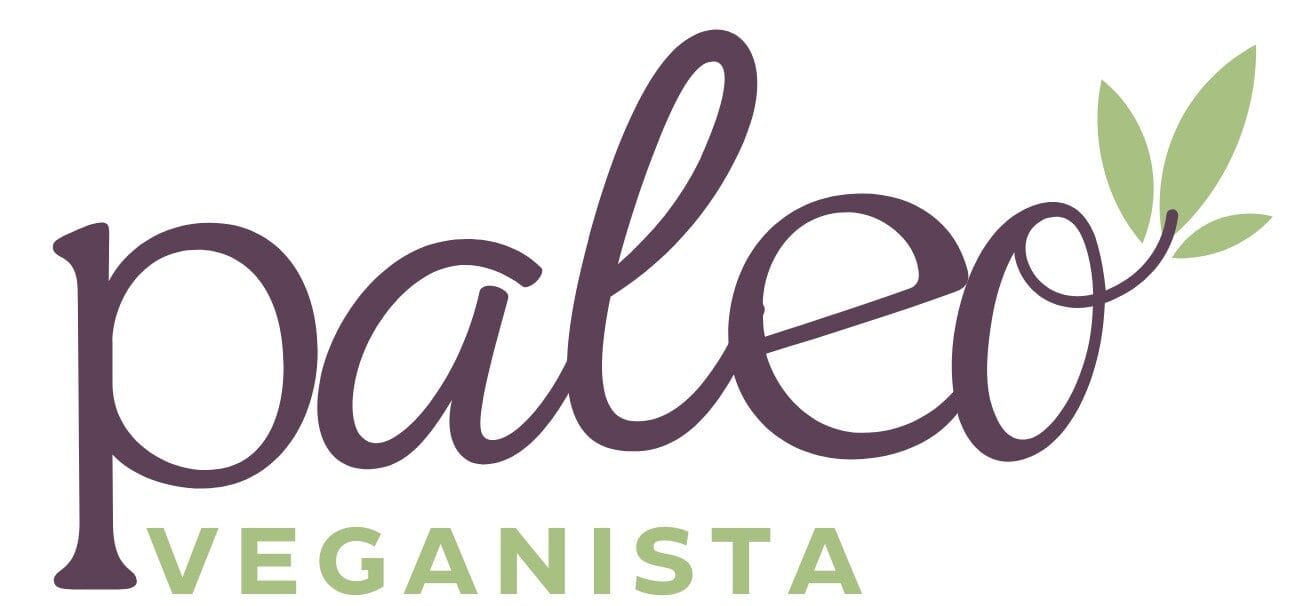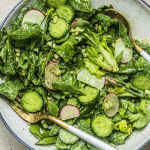
Image Credit – Kelsey
Traveling through Guatemala is an adventure filled with lush jungles, high mountains, tropical beaches, and ancient ruins. But one thing that every traveler must remember is the importance of staying hydrated. This backpackers guide to Guatemala hydration will help you understand how to maintain proper hydration while exploring one of Central America’s most beautiful and diverse countries.
Backpackers Guide to Guatemala Hydration

Guatemala’s climate can vary widely depending on the region. The lowland areas, such as the Petén jungle and Pacific coast, are hot and humid, while highland regions like Antigua and Lake Atitlán are cooler and less humid. Because of these drastic differences, it is easy for backpackers to underestimate how much water their bodies need. Whether you’re hiking volcanoes, exploring Mayan ruins, or walking through bustling markets, dehydration can sneak up quickly if you’re not careful.
One of the first things to know in any backpackers guide to Guatemala hydration is that tap water in Guatemala is generally not safe to drink. Most travelers stick to purified or bottled water. However, to reduce plastic waste and travel more sustainably, invest in a reusable water bottle with a built-in filter or carry water purification tablets. Many hostels, restaurants, and eco-lodges offer purified water refill stations, so you can easily fill up your bottle throughout the day. This saves money, protects the environment, and ensures you always have safe water to drink.
The country’s warm temperatures and physical activities can quickly lead to fluid loss through sweat. It’s not just water your body loses — you also lose electrolytes like sodium, potassium, and magnesium. Replacing these is crucial, especially if you’re hiking up steep trails or exploring under the tropical sun. Carry electrolyte powder packets or oral rehydration salts, which can easily be mixed into your water bottle. Fresh coconuts, available from street vendors, are another great natural source of electrolytes and hydration.
Another common mistake among backpackers in Guatemala is underestimating dehydration at high altitudes. Areas like Lake Atitlán, Quetzaltenango, and the Acatenango volcano hikes can reach altitudes of over 2,000 meters. The air is thinner and drier, which can make you lose fluids faster without realizing it. At these altitudes, drink water regularly, even when you don’t feel thirsty. Aim to take small sips throughout the day instead of drinking large amounts all at once.
Signs of dehydration include fatigue, dizziness, dark urine, dry mouth, and headaches. If you notice these symptoms, take immediate action — find shade, drink water mixed with electrolytes, and rest. Dehydration can worsen quickly, especially when combined with heat or altitude. Carrying a small packet of oral rehydration salts in your backpack can make a big difference if you start feeling weak or dizzy on the road.
Hydration doesn’t just come from what you drink — what you eat matters too. Guatemalan cuisine offers plenty of hydrating foods like soups, stews, and fresh fruits. Markets are full of water-rich produce such as watermelon, papaya, pineapple, and oranges. Including these in your daily diet will help maintain hydration levels naturally. Try to avoid too much caffeine and alcohol, as they can dehydrate your body faster. If you enjoy a cup of local Guatemalan coffee or a cold beer after a long hike, just make sure to balance it with plenty of water.
Sustainability also plays an important role in this backpackers guide to Guatemala hydration. Plastic waste is a growing problem in popular tourist areas, so always use refillable bottles and avoid single-use plastics whenever possible. Many eco-friendly hostels and travel organizations in Guatemala encourage this practice, helping preserve the country’s natural beauty for future travelers.
Before setting out on long hikes or day trips, always start your day well-hydrated. Drink a full glass of water before breakfast, refill your bottles, and keep sipping throughout the journey. If you are hiking in hot areas, wear light clothing, take regular breaks, and rest in shaded spots. Prevention is key — staying hydrated from the start will keep your energy up and prevent exhaustion.
Hydration is essential for any successful backpacking trip through Guatemala. With its varied climate and active outdoor experiences, staying hydrated helps you stay healthy and fully enjoy your adventure. Follow these hydration tips, plan ahead, and drink water regularly to ensure your trip remains safe, sustainable, and enjoyable. Whether you’re climbing volcanoes, exploring rainforests, or relaxing by the lake, this backpackers guide to Guatemala hydration will help you stay refreshed and ready for every journey ahead.
Frequently Asked Questions
Why is hydration important in Guatemala?
Because of the hot and humid climate, staying hydrated helps prevent fatigue and heat exhaustion.
Can travelers drink tap water in Guatemala?
No, it’s unsafe. Use bottled, filtered, or purified water instead.
How can backpackers stay hydrated while hiking?
Carry a refillable bottle, use electrolytes, eat fresh fruits, and sip water often.




